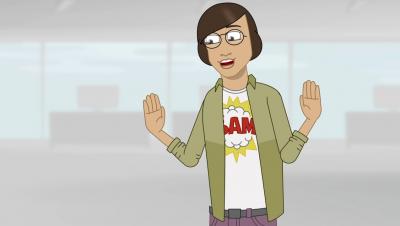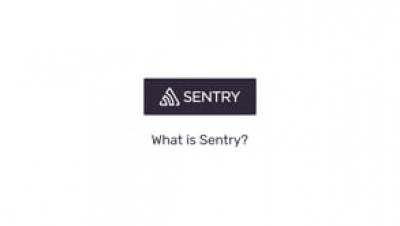Find and Fix Bugs Faster with Updated GitLab Integration
Peanut butter and jelly, donuts and coffee, Wendy’s Frosties and french fries — these combinations just work. We don’t ask why; we accept nature’s gift and enjoy. We hope you also accept and enjoy our gift of another great pair: Sentry and GitLab. In fact, Sentry and GitLab already go together so well that users who have installed this integration successfully resolve issues triaged in-platform 73% of the time.











